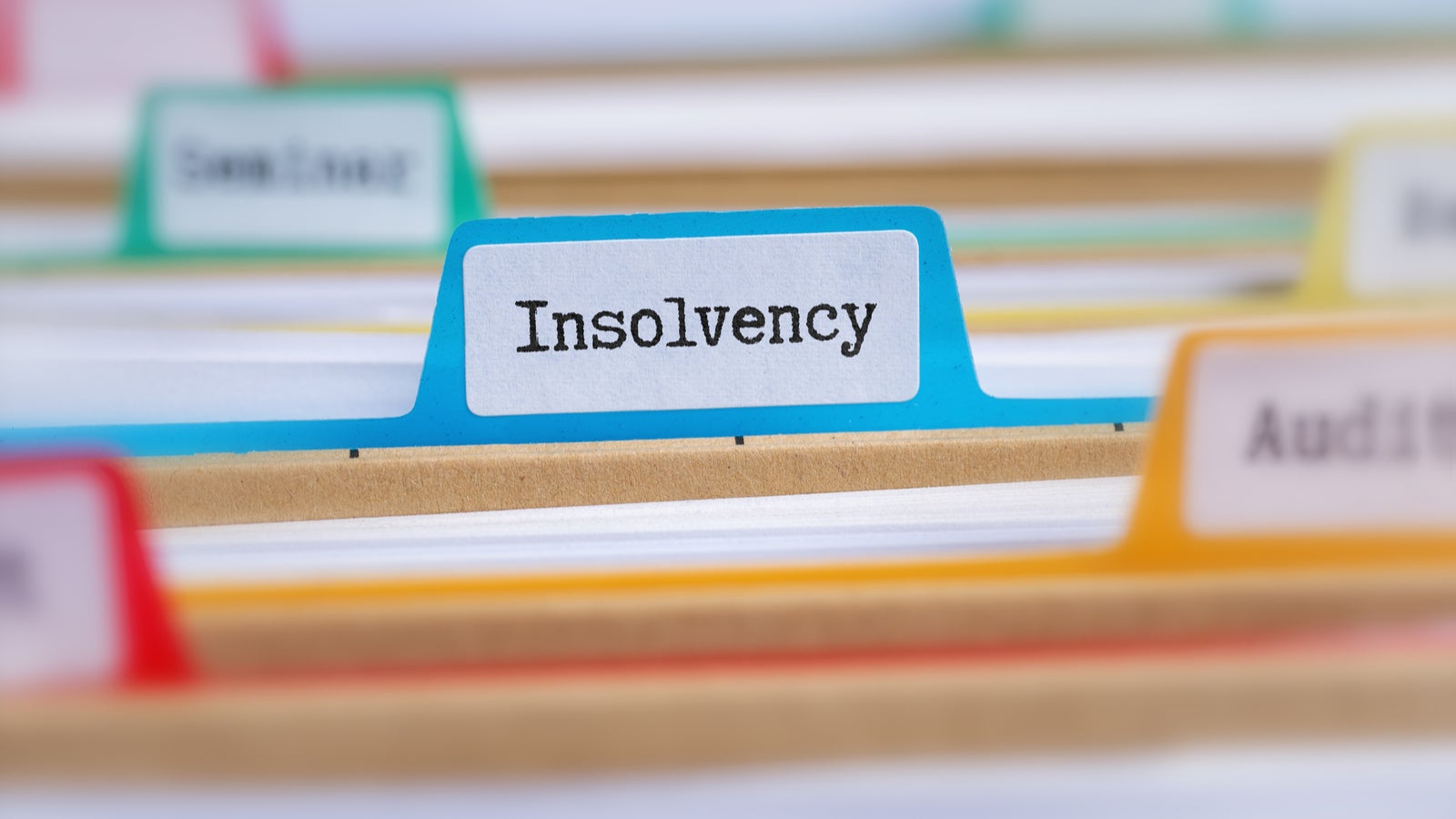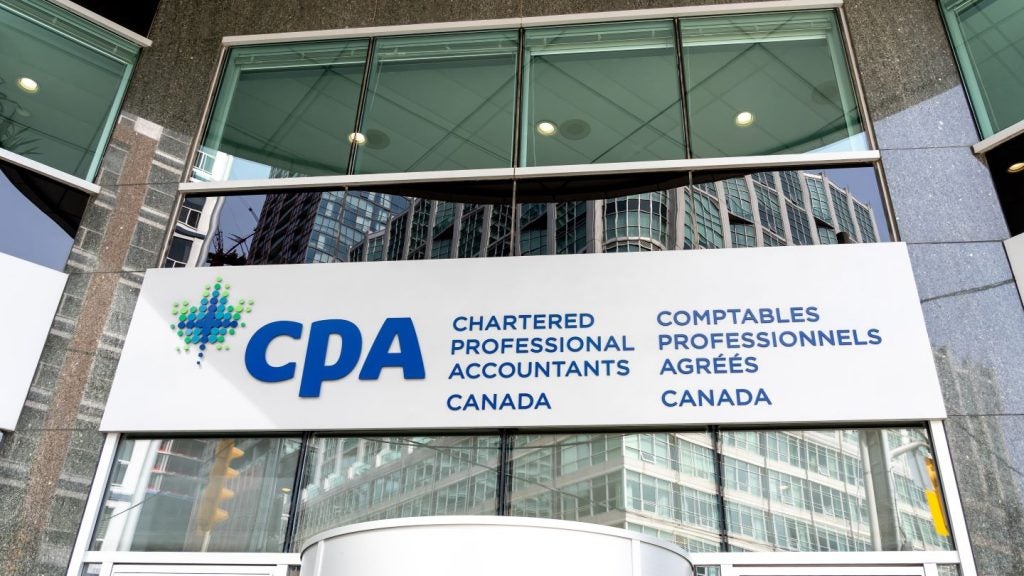By Paul Reeves Managing Director, Restructuring Advisory, and Joanne Wright, Managing Director, Restructuring Advisory, Kroll
As the UK Government’s temporary restrictions on statutory demands and winding up petitions are phased out, we recommend a triage approach to overcome the challenges ahead.
The Insolvency Service has announced that temporary restrictions on creditor action, introduced in the Corporate Insolvency and Governance Act 2020, are to be phased out.
These temporary restrictions were put in place prevent businesses suffering financial distress, as a result of the Covid pandemic, from being forced into insolvency. Effectively, this means that from 1 October 2021 a business’ creditors can serve statutory demands and present winding-up petitions, albeit that a minimum debt level of £10,000 is required during a phased period ending in spring next year. During this phased period, landlords will still be unable to petition for winding-up in relation to outstanding rent and similar debts.
As we emerge from over 18 months of insolvency restrictions and creditor forbearance, which have resulted in near record lows of corporate failures, what will be the effect on UK businesses now that the protective safety net has been taken away?
It is expected that we will see three distinct scenarios moving forward:

US Tariffs are shifting - will you react or anticipate?
Don’t let policy changes catch you off guard. Stay proactive with real-time data and expert analysis.
By GlobalData- There will be the zombie companies that have been artificially propped up and likely to offer little resistance to the winding up action coming their way. This, however, will not be the end of the story as the spotlight will then focus on the activities of their directors during this period, particularly in relation to the use of any government assistance.
- There will be those businesses that are inherently viable, but the level of debt means that survival in their current form is unlikely. Potential solutions in this scenario may include a Company Voluntary Arrangement (CVA) or Pre-Pack Administration. Both of these insolvency processes have their advantages and drawbacks but can ultimately ensure a business’ survival.
- There will be businesses that have a significant debt burden but will be able to be nursed back to health without the need for an insolvency process. There may be the potential to ring-fence key certain liabilities such as HMRC debt via a formal Time To Pay proposal in addition to considering any debt re-financing or possible capital raise.
In summary, the insolvency emergency room will soon begin to feel the pressure, and directors should be taking early preventative advice, having the status of their company assessed and seeking appropriate remedial treatment.







